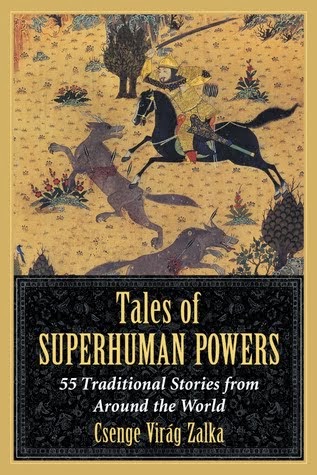Nauru is the last Micronesian country on the list. Bye bye, Tiny Islands. The series is taking a short Christmas break, and will resume in the first week of January!
Legends, traditions, and tales of Nauru
A transcript of a series of lectures delivered by Native Teachers
Timothy Detudamo
University of the South Pacific, 2008.
This book could have done with an introduction. It didn't say anything about how or when the tales were collected, or who the storytellers were. It did include a "Traditional culture of Nauru" chapter, wedged in-between Legends and Tales, which was definitely an interesting read, and helped understand some elements of the stories. The Glossary was almost comically useless; it had at least six words defined as "a type of weapon" or "a type of fish", with no further comments. The stories themselves, however, were much worth reading.
Highlights
 |
| Nauru from above |
There was a very interesting idea of rebirth in the story of Itijo and Araiman. The wife was instructed to but her dead husband inside a giant shell; three days later she found a live baby in his place. Raising the baby, she got her husband back. After a few rounds, she decided it would be better to wait a few more days and get him back as an adult so that she wouldn't have to raise him - but when she opened the shell, the corpse was still there, and the rebirth magic was off the table...
One of my favorite tales was the story of Eakeno, in which a god fell in love with a pretty young woman who already had a husband. The god let down a fishing hook with gifts from the sky, and managed to catch her and steal her away. She was eventually rescued with the help of a crab and two canary birds.
Connections
Nauru also has its own version of "in the beginning, women didn't know how to give birth" (a motif that seems to exist all over Micronesia). This one was my favorite so far. It told the story of a voyager named Deragoe, who after all kinds of adventures landed on Nauru. He married a local girl, and managed to save her from a C-section (performed by two old women with shark teeth) and teach the Nauruans how to deliver babies. And cook food. He sounds like a useful guy.
Another common motif that I encountered once again was the trick of putting shells on one's eyelids to look in the dark as if you were awake. This trick is usually used by people to avoid being devoured in their sleep by monsters (in this case, a witch).
There was a myth very much like Pandora's Box: The first god left behind three baskets that people were not supposed to open. The first two contained food and jewelry - but when the first one was opened too, all kinds of troubles and diseases swarmed out into the world. There was also, once again, a legend about the birth of the coconut palm, which, once again, grew out of the grave of a buried man.
I especially loved the Nauruan take on the giant beanstalk, called Egigu's Tree. In this story, a girl named Egigu climbed up into the sky and encountered the old blind mother of all kinds of natural phenomena. In exchange for healing her blindness, the old woman hid her in a clam shell. Eventually, the girl met and married her youngest son, the Moon, and you can still see the Moon embracing her at night. You can see the story illustrated on Nauruan stamps (left).
Where to next?
Returning to Melanesia via the Solomon Islands.









No comments:
Post a Comment